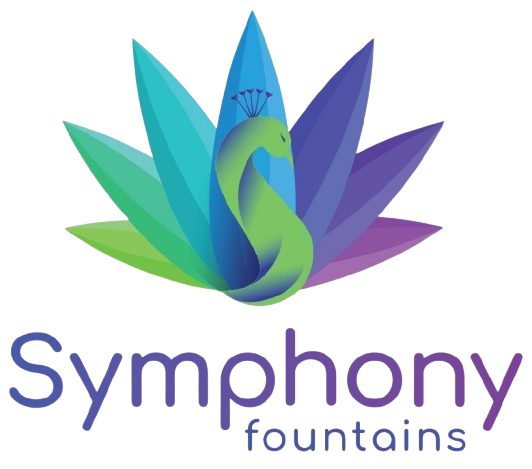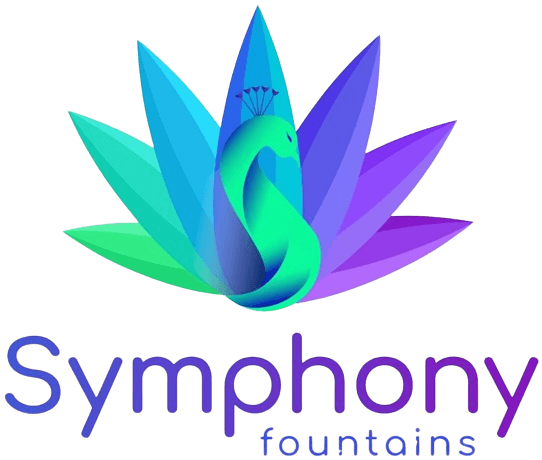Knowledge Center Blogs
Understanding the Different Methods of Water Aeration
Water plays a vital role in sustaining life, but stagnant or poorly oxygenated water can lead to various issues, from foul odors to excessive algae growth. Whether you’re designing a pond, a public fountain, or a large-scale water feature, aeration is key to maintaining water clarity, health, and circulation.
With multiple aeration techniques available, choosing the right method can be challenging. This guide explores different aeration methods, how they work, and their ideal applications to help you make an informed decision.
What is Water Aeration and Why Does It Matter?
Water aeration is the process of increasing oxygen levels in water, promoting better circulation, and preventing stagnation. Proper aeration supports aquatic ecosystems, reduces harmful bacteria, and enhances overall water quality.
Key benefits include:
- Oxygenation: Ensures fish and plant life thrive.
- Algae and Odor Control: Reduces algae blooms and eliminates foul smells.
- Water Purification: Supports beneficial bacteria in breaking down organic waste.
- Improved Water Clarity: Reduces sediment buildup and enhances the aesthetic appeal of fountains and ponds.

Different Methods of Water Aeration
Each aeration technique is designed for specific water conditions and requirements. Here’s an overview of the most common methods:
- Surface Aeration
How it Works: Uses fountains, agitators, or sprays to create water movement, allowing oxygen from the air to mix into the water.
Best For: Small ponds, decorative fountains, and shallow water bodies.
Advantages:
- Easy to install and maintain.
- Enhances water circulation, preventing stagnation.
- Adds aesthetic appeal to fountains and ponds.
- Diffused Aeration
How it Works: Releases tiny bubbles from diffusers at the bottom of the water body, allowing oxygen to spread evenly.
Best For: Large ponds, lakes, and deep water bodies.
Advantages:
- Effective for deeper waters.
- Energy-efficient for large-scale systems.
- Promotes uniform oxygen distribution.
- Natural Aeration
How it Works: Relies on wind, wave action, and aquatic plants to facilitate oxygen exchange.
Best For: Small, low-maintenance ponds and naturally flowing water bodies.
Advantages:
- Requires no mechanical equipment or energy.
- Environmentally friendly and cost-effective.
- Works well in combination with other aeration methods.
- Mechanical Aerators
How it Works: Uses paddlewheels, propellers, or turbines to agitate the water and mix oxygen into it.
Best For: Large-scale water treatment, fish farms, and high-maintenance water features.
Advantages:
- Highly efficient for large volumes of water.
- Provides continuous oxygenation.
- Supports wastewater and aquaculture applications.
Selecting the Right Aeration Method
Choosing the best aeration system depends on:
- Water depth & size: Diffused aeration is best for deep water, while surface aeration suits shallow features.
- Aquatic life: Ponds with fish and plants require consistent oxygenation.
- Maintenance levels: Natural aeration needs little upkeep, while mechanical aerators require regular servicing.
- Environmental impact: Opt for energy-efficient solutions to minimize operational costs.

Symphony Fountains: Your Trusted Partner in Water Aeration Solutions
At Symphony Fountains, we specialize in designing innovative aeration systems that enhance water quality and visual appeal. Our expertise includes custom solutions for public fountains, interactive musical water features, and synchronized water displays.
From selecting the right aeration system to integrating advanced water features with LED lighting and sound-responsive elements, our team ensures your project meets both aesthetic and functional requirements. Whether you need a small-scale water purification solution or a large-scale fountain system, we provide reliable services, high-quality products, and expert project execution.
Looking to optimize your water feature with effective aeration? Contact Symphony Fountains today to bring your vision to life!








